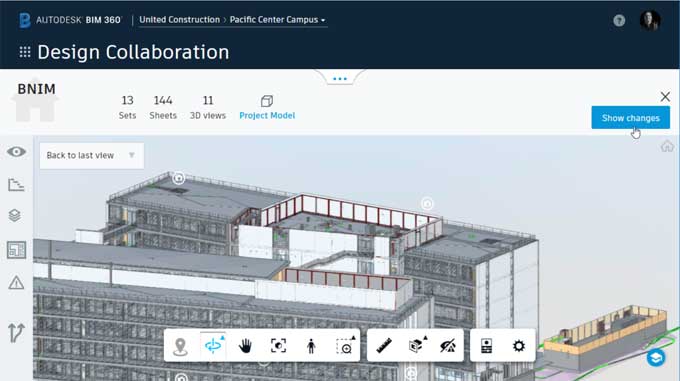Building Information Modeling (BIM) 360: The Next Generation of Construction Management Software
Tweet
Introducing BIM 360, a uniform platform by Autodesk enables real-time data exchange between project teams and allows them to collaborate on designs and constructions. With the software, construction projects are more predictable and profitable.
In a modern BIM environment, architects, engineers, and contractors are challenged with managing a vast range of construction data. With Autodesk BIM 360, this challenge is overcome. During pre-construction design, construction building phase, and facility management and operation phases as well, Autodesk BIM 360 is a complete solution to construction documentation and site activities.
Define BIM 360
AEC project management, facility management, and construction site management are all managed by Autodesk BIM 360, which is not a software application but a cloud-based platform for the delivery of AEC projects.
You can use the software whether you are a design manager, a construction manager, a construction site supervisor, a building owner, an operations manager, or anything else in between so that you can deliver excellent project planning and delivery results.
Due to BIM 360's single connected platform, data is brought together in a common data environment that mitigates some of the integration limits of previous generation software that worked on disparate platforms, enabling project management and delivery through the entire lifecycle of the building.
Features
Design Collaboration
Streamline deliverable coordination by co-authoring BIM designs securely.
Coordination
Coordinate and collaborate using BIM to expedite reviews and identify and resolve clashes faster.
Constructability
Software facilitates design reviews, version comparisons, and issues resolution.
Document management
Systemize construction document management with a cloud-based platform for organizing, distributing, and sharing documents.
Quality management
Establish QA/QC standards with construction quality management software.
Safety management
It involves both positive and negative safety observations being collected to prevent incidents.
RFIs and submittals
It manages RFIs and submittals in a way that meets contractual requirements.
Reporting and analytics
It provides deep insights into the performance of projects, the priorities of daily activities, and root causes.
Construction Management
BIM 360 decreases risks, improves quality, makes projects more economical, predicts safety hazards, manages quality proactively, automates tasks, and reduces rework while controlling costs and staying on schedule.
Centralized Information
Team collaboration and predictive analytics allow for improved decision-making and accelerated project outcomes. Centralizing project data keeps data readily accessible and easily accessible anywhere, making field-based decisions and tracking possible.
Project Lifecycle Management
From design to construction, the platform enables multidisciplinary teams to collaborate on Revit models, view updates, and manage design data in real-time.
Integration
More than 70 software integrations are available for Autodesk BIM 360 data and workflows.
Advantage
1. Coordination of systems to control clashes.
2. The tracking and stamping of records make collecting records easy.
3. Mark-ups and comment sharing are excellent features.
4. Using BIM 360, Revit models can be stored, displayed, and shared in the cloud.
Disadvantage
1. The BIM 360 software needs more link-able options.
2. Using huge data models with mobile devices requires better performance.
3. Licensing should be able to be shared between all software.
4. Rebuilding a model is not possible.
5. The original file needs to be renamed and the new model loaded again.
Conclusion
A BIM 360 implementation in construction projects streamlines construction workflows and simplifies construction management.
The Autodesk BIM 360 platform combines teams, workflows, and data to deliver powerful construction management software. You can deliver real results by managing workflows across all phases of construction, from the design phase to the construction phase, and following up with hand-over.

Gallery
Feel free to contact us for BIM requirements. One of our representative will respond you within 24 Hours. Send us your projects requirement today and grow your project.
Explore More !







